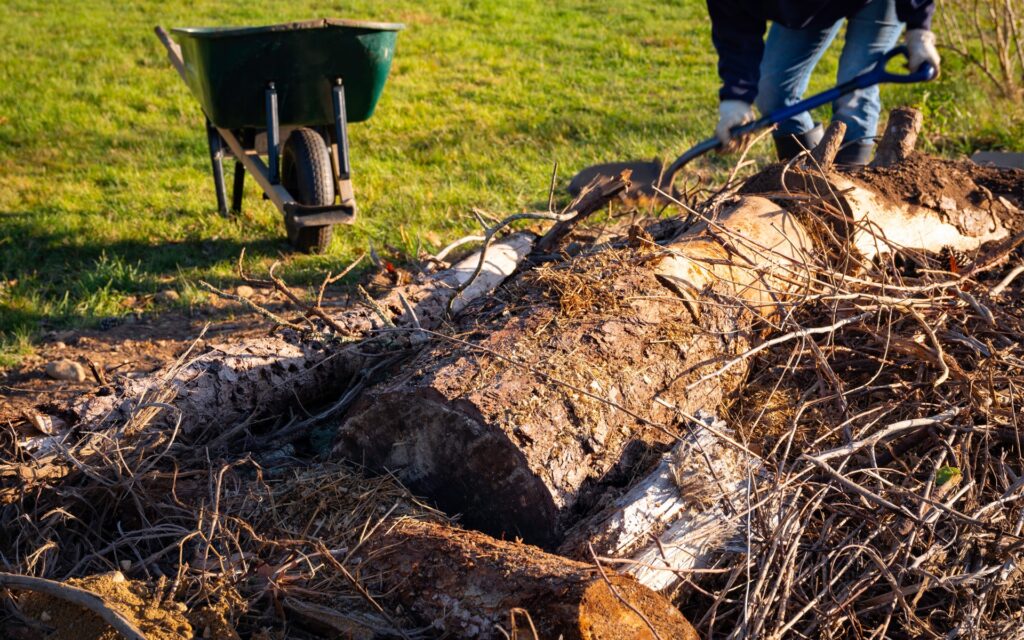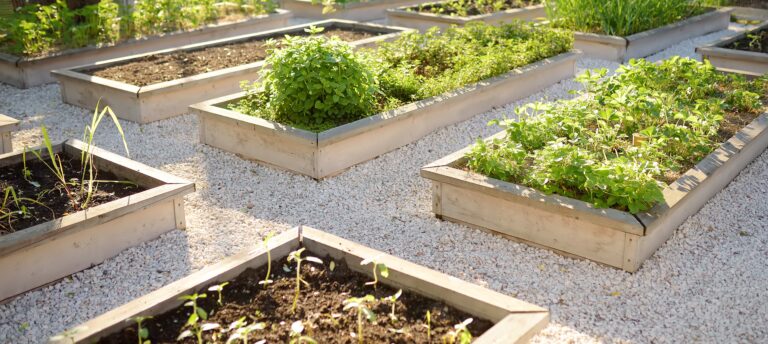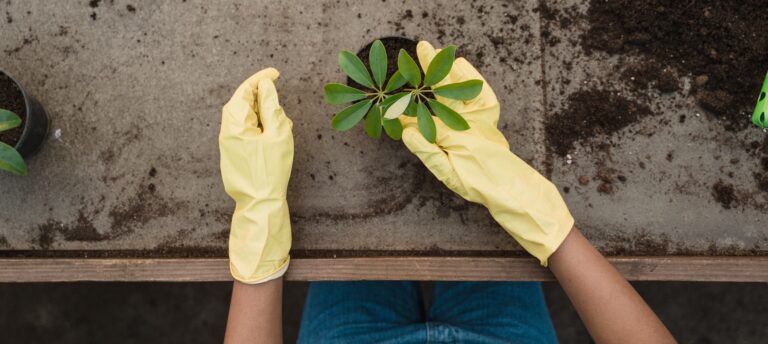Creating a no-dig garden bed involves layering organic materials to create a nutrient-rich environment for plants to grow.
The no-dig gardening concept was popularised in the 1970s as a way of minimising gardening effort while kick-starting a garden with maximum fertility.
A no-dig garden consists of layers of organic material that are stacked up to form a rich, raised garden area. The no-dig garden can be whatever height you desire. Vegetable seedlings, flowering annuals, herbs, bulbs and strawberries all thrive in a no-dig garden.

This type of garden can be set up anywhere – over a lawn, inside a box frame, or even over concrete.
If your soil is not ideal for veggie growing, a no-dig garden creates a great soil mix to plant into.
No-dig gardens are very fertile as the decomposing organic matter quickly becomes rich, black compost and attracts beneficial micro-organisms.
Follow our step-by-step guide to create a no-dig garden bed and enhance your garden.
Create a no-dig garden bed with our easy step-by-step guide
Choose the location
Select a suitable location for your garden bed. Ensure it receives adequate sunlight and has good drainage.
Clear the area
Remove any existing vegetation, such as grass or weeds, from the area. You can mow or trim the vegetation close to the ground and cover it with a layer of newspaper or cardboard to suppress its growth.
Lay the base layer
Begin by laying a thick layer of organic materials as the base layer. This can include straw, hay, leaves, or compost. Aim for a layer that is about 4 to 6 inches deep.
Add nitrogen-rich materials
Add a layer of nitrogen-rich materials on top of the base layer. This can include kitchen scraps, grass clippings, or fresh manure. Make sure to avoid using meat, dairy, or oily products. This layer should be about 2 to 3 inches deep.
Layer organic matter
Add alternating layers of organic matter such as compost, shredded leaves, straw, or wood chips. Each layer should be about 2 to 3 inches deep. Continue layering until you reach a height of 18 to 24 inches.
Water each layer
After adding each layer, lightly water it to provide moisture and encourage decomposition.
Mulch the top layer
Once you have added all the layers, apply a final layer of mulch, such as straw or wood chips, to help retain moisture and suppress weed growth. This layer should be about 3 to 4 inches deep.
Planting
Create planting holes in the mulch and add soil or compost to each hole for planting your seeds, seedlings, or transplants. Make sure to follow the specific planting instructions for each plant.
Watering and maintenance
Water your garden bed regularly to keep it adequately moist. The organic materials will break down over time, providing nutrients to the plants. As the materials decompose, you can add additional layers of compost or organic matter to replenish the nutrients.
Ongoing care
Monitor your garden bed for weeds and remove them as necessary. Regularly add compost or organic matter to maintain soil fertility.
Creating a no-dig garden bed can take some time for the organic materials to break down and create a suitable planting environment. However, once established, it can be a low-maintenance and sustainable way to grow healthy plants.



